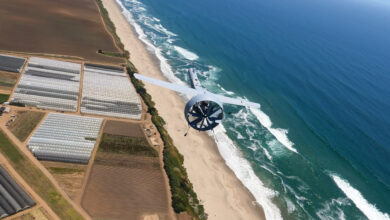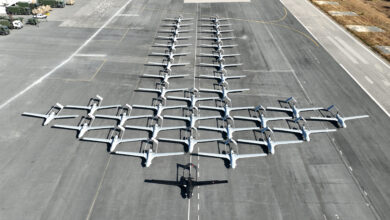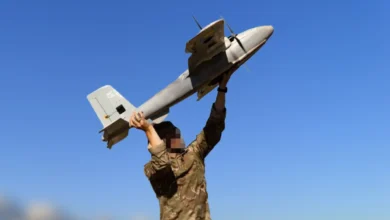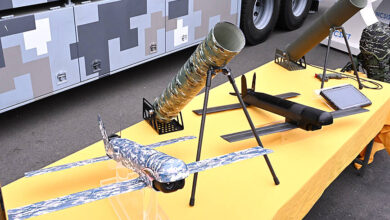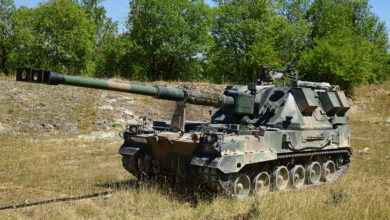German Drone in Ukraine Receives AI-Based Navigation Upgrades
Quantum Systems has upgraded its Vector reconnaissance drones deployed in Ukraine, allowing operations in Global Navigation Satellite System (GNSS)-denied environments.
The Receptor AI sensor upgrade enables “optical navigation during the day and at night and in poor visibility conditions, as well as automated AI-supported object recognition and identification,” the Munich-based AI firm explained.
“We are implementing the upgrade without any weight changes and with the same range,” director of software engineering at Quantum Systems Daniel Kneifel said.
“We are designing these adaptations without fundamental changes to the existing platform architecture.”
Upgrades
The AI upgrade kit is based on a Jetson Orin Nvidia chip and several sensors, providing additional support through efficient and user-friendly decision-making processes.
It includes the Raptor gimbaled sensor that performs object detection, classification, and tracking.
The kit is an additional option for signal-free navigation and improves the platform’s navigation capability under GNSS-denied conditions, the firm added.
The module’s further testing and development is underway at the company’s recently opened development site in Ukraine.
Vector in Ukraine
Kyiv has bought more than 400 Vector systems over the last two years for operational deployment.
The German government-funded procurements have helped provide Ukrainian forces with advanced aerial intelligence and situational awareness.
“Since August 2022, Vector demonstrated its unprecedented performance under the most challenging conditions,” the company said.
“Vector has been extensively used and intensively tested on the Ukrainian battlefield, where it has proven to be an asset for military intelligence, surveillance, and reconnaissance operations.”
Features
The vertical take-off and landing system has an endurance of three hours and can fly at up to 72 kilometers (45 miles) per hour.
It is also capable of live streaming video to multiple ground stations up to 35 kilometers (22 miles) away.
Additional features include low noise emission, a rugged and agile body, and the ability to be deployment-ready in three minutes.






